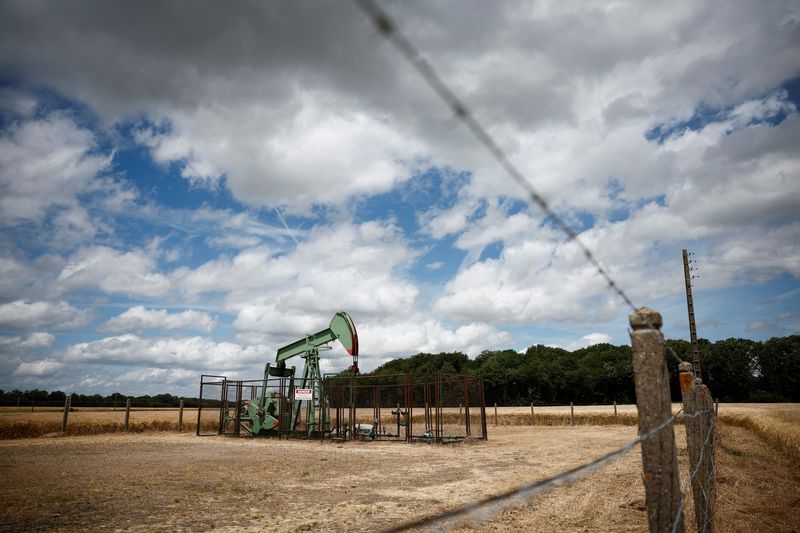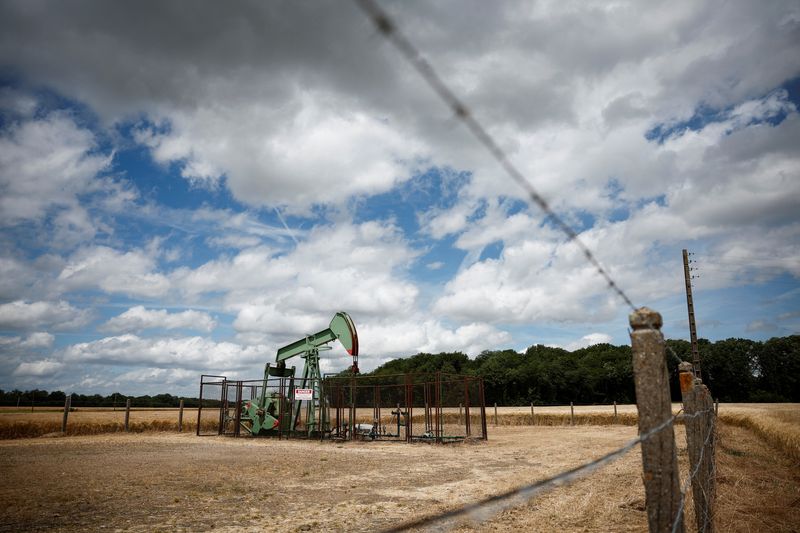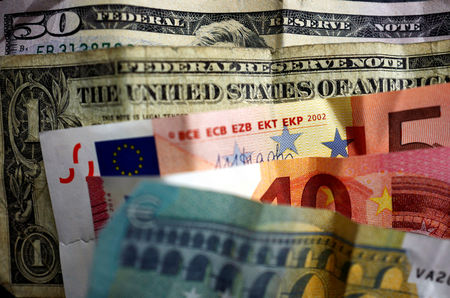
By Shariq Khan
NEW YORK (Reuters) -Oil prices fell on Tuesday after U.S. President Donald Trump declared a national energy emergency on his first day in office, raising concerns of higher U.S. output in a market widely expected to be oversupplied this year.
Brent crude futures were down 89 cents, or 1.1%, to $79.26 per barrel at 12:39 p.m. EST (1739 GMT). U.S. West Texas Intermediate crude futures for February delivery, which will expire after Tuesday’s settlement, were down by $1.67, or 2.1%, at $76.21.
More actively traded March WTI futures were down 1.9% to $75.93 a barrel. There was no settlement in the U.S. market on Monday due to a public holiday.
“End of the day, there is no shortage of oil out there,” Mizuho (NYSE:MFG) analyst Robert Yawger said, noting that U.S. oil production is at record levels and the OPEC+ producer group still has some 5.86 million barrels per day of output curtailed.
“What there is a shortage of is demand,” Yawger said. “If the refiner doesn’t need to make more fuel, they’re not going to buy the crude.”
The oil market is expected to be oversupplied this year, after weak economic activity and energy transition efforts weighed heavily on demand in top-consuming nations the United States and China.
The U.S. Energy Information Administration on Tuesday reiterated its expectations for oil prices to decline both this year and next.
“Strong global growth in production of petroleum and other liquids and slower demand growth put downward pressure on prices,” EIA economists wrote on Tuesday.
Trump also said he was thinking of imposing 25% tariffs on imports from Canada and Mexico from Feb. 1, rather than on his first day in office as previously promised.
The delay helped ease concerns of an immediate tightening of the market among U.S. refiners, many of which are geared to process the type of crude oil supplied by these countries, Yawger said.
Limiting oil’s losses, the U.S. president also said his administration would “probably” stop buying oil from Venezuela. The U.S. is the second-biggest buyer of Venezuelan oil after China.
Trump also promised to refill strategic reserves, although analysts questioned whether that would make any changes to oil demand.

“(It) will likely not change anything,” SEB Research analyst Bjarne Schieldrop wrote. “Biden was already refilling US SPR at its maximum rate of 3 (million barrels) per month,” he wrote.
Also weighing on prices on Tuesday was the potential end to the shipping disruption in the Red Sea. Yemen’s Houthis said on Monday they will limit their attacks on commercial vessels to Israel-linked ships provided the Gaza ceasefire is fully implemented.
This post is originally published on INVESTING.




